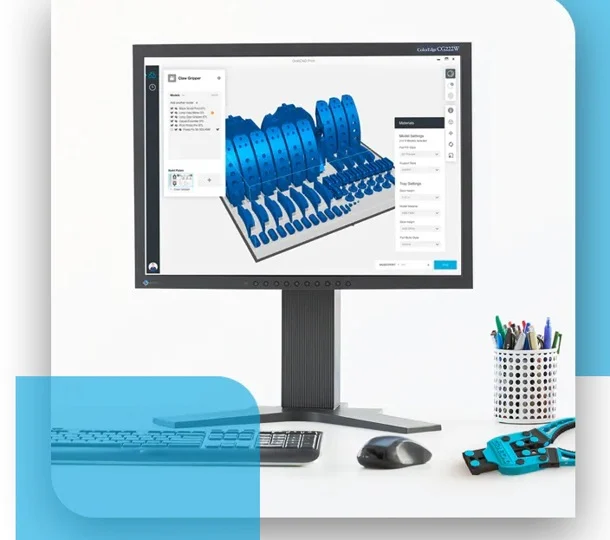F190CR FDM composite printers are designed for applications that demand parts with a higher degree of strength and rigidity. They cater to tooling applications where strong yet lightweight polymer jigs and fixtures can substitute for metal tools without the associated long lead times.
F190CR and F370CR composite-ready carbon fiber 3D printers offer a selection of material choices and build capacity.
The fastest way to learn about the versatility of 3D printing with the F190CR composite printer is to see how our customers use them. The following case studies show how F190CR printer offers versatile 3D printing solutions for a variety of applications.
GrabCAD Print software is what makes Stratasys 3D printers go, providing the features and flexibility to make 3D printing easy and understandable. At its core, GrabCAD Print software removes the friction of going from a CAD model to a physical 3D printed part and speeds up the process. You designed the part, now let GrabCAD Print software do the rest to make it a reality.
